Home>Interior Design>Decorating With Neutrals: 15 Beautiful Pared-back Schemes
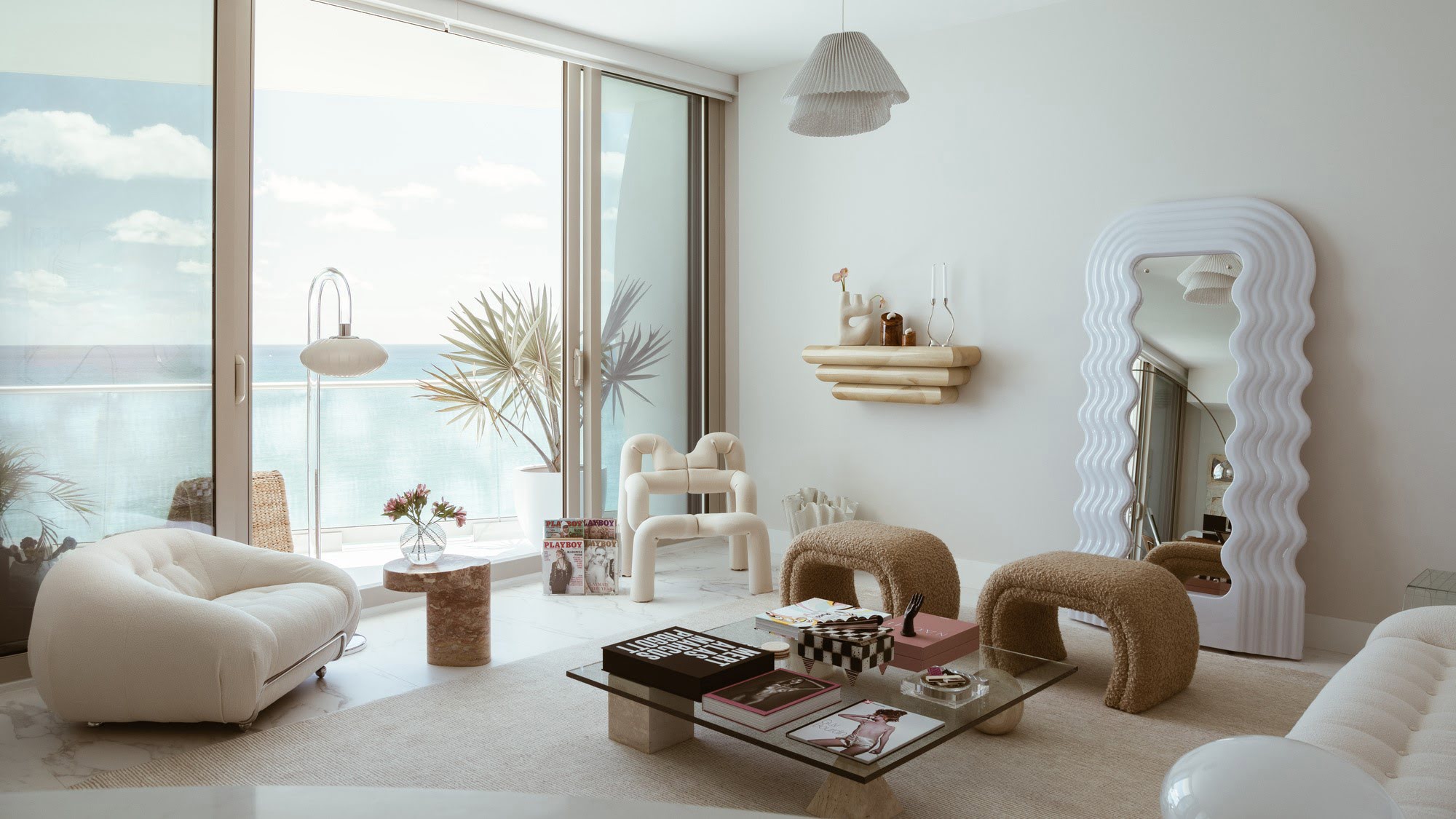

Interior Design
Decorating With Neutrals: 15 Beautiful Pared-back Schemes
Modified: January 6, 2024
Discover how to create stunning interior design schemes with neutrals in this collection of 15 beautiful ideas. Transform your space with these pared-back, elegant and timeless decorating concepts.
(Many of the links in this article redirect to a specific reviewed product. Your purchase of these products through affiliate links helps to generate commission for Storables.com, at no extra cost. Learn more)
Introduction
When it comes to interior design, there’s a timeless and versatile approach that never fails to impress: decorating with neutrals. Neutrals are colors that are subtle and understated, creating a calming and sophisticated atmosphere in any space. From soft whites and soothing beiges to muted grays and earthy tones, neutrals offer a wide range of possibilities to create a beautiful and pared-back aesthetic.
The power of neutrals lies in their ability to create a canvas that allows other elements to shine. Whether you prefer a minimalist style or a more eclectic look, neutrals can be the foundation upon which you build your design vision. They provide a harmonious backdrop for statement pieces, artwork, or vibrant accessories, allowing them to take center stage without overwhelming the overall aesthetic of the space.
Choosing the right neutral color palette is essential to achieve the desired look and feel. Warm neutrals such as beiges and tans create a cozy and inviting atmosphere, while cool neutrals like grays and blues offer a more modern and sophisticated vibe. Earthy neutrals, like greens and browns, bring a sense of calm and connection to nature. By understanding the undertones and characteristics of different neutral colors, you can create a cohesive and harmonious design scheme.
In this article, we will explore 15 beautiful, pared-back schemes to inspire you on your journey of decorating with neutrals. From calming bedroom retreats and inviting living room designs to elegant dining spaces and serene bathroom oasis, there’s a neutral design concept for every room in your home. We will also look at how to incorporate texture and patterns, play with light and dark neutrals, and add pops of accent colors or metallics for a touch of glamour. Additionally, we will provide maintenance tips to ensure your neutral color palette always looks fresh and inviting.
So, let’s dive into the world of neutrals and discover how this timeless approach to interior design can transform your home into a serene and elegant sanctuary.
Key Takeaways:
- Embracing neutrals in interior design creates timeless, sophisticated, and versatile spaces, allowing for personalization through textures, patterns, accent colors, and metallics while maintaining a serene and inviting atmosphere.
- Maintaining a neutral color palette requires regular cleaning, immediate stain removal, proactive sun damage prevention, and regular maintenance checks to preserve the beauty and longevity of the space, ensuring a fresh and stylish ambiance.
Read more: Beige Room Ideas: 10 Stylish Neutral Schemes
The Power of Neutrals
Neutrals hold a unique power in interior design. They have the ability to create a sense of calm, elegance, and versatility in any space. Unlike bold and vibrant colors, neutrals allow the eye to rest, creating a soothing and harmonious environment that is both timeless and sophisticated.
One of the major advantages of using neutrals is their ability to serve as a blank canvas. By choosing a neutral color palette for your walls, floors, and larger furnishings, you create a backdrop that allows other elements in the room to take center stage. Whether it’s a statement piece of furniture, a colorful artwork, or a vibrant rug, neutrals provide the perfect foundation to showcase these items and create a balanced and visually appealing space.
Neutrals also have the power to create a sense of spaciousness. Light neutrals, such as whites and creams, reflect natural light, making a room appear larger and more open. This is particularly beneficial in smaller spaces or rooms with limited natural light. By incorporating light neutrals into your design, you can instantly enhance the perception of space and create an airy and inviting atmosphere.
Another advantage of neutrals is their versatility. They can be easily combined with other colors, textures, and patterns to create a variety of design styles. Whether you prefer a modern, minimalist look or a more eclectic and layered aesthetic, neutrals provide a solid foundation that allows you to incorporate different elements seamlessly. They can be paired with bold pops of color for a vibrant and energetic feel, or with earthy tones and natural materials for a cozy and rustic look.
Moreover, using neutrals as the main color scheme in a room allows for flexibility and adaptability. Since neutrals are inherently timeless, they can easily accommodate changes in style or trends over time. By simply swapping out accessories, pillows, or artwork, you can refresh the look of a neutral space without having to completely overhaul the design.
Overall, the power of neutrals lies in their ability to create a calm and elegant atmosphere while providing a versatile backdrop for other design elements. They offer a timeless and sophisticated aesthetic that can be easily adapted to different styles and preferences. So, whether you’re looking to create a minimalist retreat or a cozy and inviting gathering space, neutrals are a design choice that will never go out of style.
Choosing the Right Neutral Color Palette
When it comes to decorating with neutrals, choosing the right color palette is essential to achieve the desired look and feel in your space. Neutrals encompass a wide range of colors, from warm and earthy tones to cool and crisp hues. To create a cohesive and harmonious design, it’s important to consider the undertones and characteristics of different neutral colors.
Warm neutrals, such as beiges, creams, and tans, have undertones of yellow, orange, or red. They create a cozy and inviting atmosphere and evoke a sense of warmth and comfort. Warm neutrals work well in rooms where you want to create a relaxed and welcoming ambiance, such as living rooms, bedrooms, or dining areas. Pair them with natural materials and textures, like wood or rattan, to enhance the warm and organic feel of the space.
Cool neutrals, on the other hand, have undertones of blue or gray and offer a more modern and sophisticated vibe. Shades like soft grays, cool blues, and icy whites work well in contemporary or minimalist designs. They create a soothing and calming atmosphere, making them ideal for bedrooms or bathrooms where you want to create a serene retreat. Cool neutrals can also add a touch of elegance to living rooms or home offices.
For those who prefer a connection to nature, earthy neutrals are an excellent choice. Colors like warm browns, mossy greens, and sandy beiges bring a sense of grounding and serenity to a space. Earthy neutrals work well in any room, but they are particularly suited to areas where you want to create a natural and organic feel, such as kitchens or outdoor patios. Pair them with natural materials like stone, jute, or linen to amplify the connection to the outdoors.
When choosing a neutral color palette, it’s important to consider the overall lighting in your space. Natural light can greatly influence how neutral colors appear, as they have the ability to reflect or absorb light. If you have a room with ample natural light, you can opt for lighter neutrals to create a bright and airy atmosphere. In rooms with limited natural light, darker neutrals can add depth and richness to the space.
Remember that there’s no one-size-fits-all approach to choosing a neutral color palette. It’s essential to consider your personal preferences, the existing elements in your space, and the mood you want to evoke. Don’t be afraid to experiment with different shades and combinations until you find the perfect neutral palette that suits your style and creates a harmonious and inviting atmosphere in your home.
Creating a Calming Bedroom Retreat
Your bedroom should be a sanctuary, a place where you can escape the stresses of daily life and unwind. Decorating your bedroom with a neutral color palette is an excellent choice to create a calming and serene retreat. Neutrals offer a peaceful and soothing atmosphere, helping you to relax and get a good night’s sleep.
Start by choosing a neutral shade for your walls. Soft whites, muted grays, or warm beiges are all great options. These colors create a tranquil backdrop that promotes a sense of serenity. Consider using a matte or eggshell finish to further enhance the peaceful atmosphere.
When it comes to bedding, opt for neutral-toned sheets, duvet covers, and pillowcases. Crisp white bedding lends a fresh and clean look, while shades of nude or light gray add warmth and depth. Adding lush textures, such as a cozy knit throw or a faux fur blanket, can create a luxurious and inviting feel.
To bring depth and visual interest to your neutral bedroom, incorporate different shades and textures. Layering shades of beige, cream, and taupe can create a sophisticated and multidimensional look. Mix and match different materials, such as linen, cotton, or velvet, to add texture and warmth to the space.
When choosing furniture for your bedroom, opt for pieces in complementary neutral tones. Light wood finishes can add a natural and organic touch, while painted pieces in shades of white or gray can create a more contemporary feel. Keep the lines clean and simple for a minimalist look or choose furniture with soft curves for a more romantic atmosphere.
Lighting plays a crucial role in creating a calming bedroom retreat. Opt for soft and diffused lighting to create a warm and cozy atmosphere. Use table lamps with fabric shades or wall sconces with frosted glass to achieve a gentle and soothing glow. Incorporating candles can also add a touch of serenity and create a calming ambiance.
To complete the look, add some minimalist artwork or framed photographs in neutral hues to the walls. Choose pieces that evoke a sense of calm and tranquility, such as serene landscapes or abstract paintings in soft shades. Avoid overwhelming the space with too many decorative items, as simplicity is key in creating a relaxing sleep environment.
Lastly, don’t forget about the power of textiles and accessories. Plush rugs in neutral colors can add warmth and comfort to your bedroom flooring. Opt for window treatments in light fabrics, such as sheer curtains or linen blinds, to allow natural light to filter through while maintaining privacy.
Creating a calming bedroom retreat with a neutral color palette is all about creating a serene and inviting atmosphere. With the right choice of colors, textures, and materials, you can transform your bedroom into a peaceful oasis where you can rest and rejuvenate.
Inviting Living Room Designs
The living room is the heart of the home, where family and friends gather to relax and socialize. Decorating your living room with a neutral color palette can create a warm and inviting space that is both elegant and comfortable.
When it comes to the walls, neutral colors like soft whites, creamy beiges, or subtle grays can create a serene backdrop that allows other elements in the room to stand out. Consider adding texture to the walls, such as a textured wallpaper or a decorative paint technique, to add visual interest and depth to the space.
Choose furniture pieces in complementary neutral tones to create a cohesive and harmonious look. Soft upholstered sofas or armchairs in shades of beige or gray provide a comfortable and versatile seating option. Match them with wooden coffee tables or side tables in natural finishes to add warmth and a touch of organic beauty to the room.
Add soft and cozy textiles to enhance the comfort and inviting feel of the living room. Layer plush throw pillows and blankets in different textures and shades of neutrals on the sofa or armchairs. Don’t be afraid to mix and match patterns, such as stripes or geometric designs, to add visual interest to the seating area.
Lighting is crucial in creating an inviting atmosphere in the living room. Incorporate a combination of ambient, task, and accent lighting to achieve the right balance. Use floor lamps or table lamps with soft, warm light bulbs to create a cozy ambiance. Add dimmer switches to control the intensity of the lighting and create different moods for various occasions.
To bring pops of color and personality to your neutral living room, consider adding accent pieces and accessories. Choose vibrant throw pillows, artwork, or decorative objects in bold hues to create focal points and add visual interest. Metallic accents, such as gold or silver, can add a touch of glamour and luxury to the space.
Add depth and texture to your neutral living room by incorporating different materials and finishes. Wool or jute rugs can define the seating area and add texture and warmth to the floor. A mix of wood, metal, and glass furnishings and decorative elements can create a balanced and visually appealing look.
Finally, don’t forget to personalize the space with meaningful items that reflect your style and interests. Display family photos, treasured keepsakes, or artwork that evokes positive emotions and memories. These personal touches will make your living room feel cozy, welcoming, and uniquely yours.
By decorating your living room with neutrals, you create a versatile and timeless space that can easily adapt to changing styles and trends. The neutral color palette provides a calming and inviting atmosphere, making your living room a place where everyone feels welcome and comfortable.
Elegant Dining Spaces
When it comes to dining spaces, creating an elegant and sophisticated ambiance is key. Decorating your dining room with a neutral color palette can achieve a timeless and refined look that sets the stage for memorable meals and gatherings.
Start by choosing the right shade for your dining room walls. Soft whites, light grays, or creamy beiges can create a calm and inviting backdrop that allows your dining furniture and accessories to shine. Consider adding a decorative element to the walls, such as wainscoting or a feature wall with textured wallpaper, to add an extra layer of elegance.
Selecting the right dining table and chairs is crucial in creating an elegant dining space. Opt for a table with a polished wood finish, like mahogany or walnut, or a sleek glass or marble top for a more contemporary look. Choose chairs in complementary neutral tones, such as light upholstery or wooden finishes, to create a cohesive and visually appealing dining set.
Lighting plays a crucial role in setting the mood and enhancing the elegance of the dining space. Install a statement chandelier or pendant light above the dining table to create a focal point and add a touch of glamour. Sconces or wall-mounted lamps can provide soft ambient lighting, while candlesticks or candelabras can create a romantic and intimate atmosphere.
When it comes to textiles, consider opting for a neutral-colored tablecloth or runner to add a touch of elegance to your dining table. Linen or silk materials can bring a sophisticated and luxurious feel to the space. Complete the look with matching napkins and place settings in muted colors or metallic accents for a refined and cohesive table setting.
Decorate the dining space with a statement piece, such as a large mirror or artwork, to add visual interest and create a sense of grandeur. A mirror can not only create the illusion of a larger space but also reflect light and enhance the elegance of the room. Choose artwork that complements the color scheme and evokes a sense of sophistication and beauty.
Accessorize the dining space with a mix of textures and materials. Incorporate a textured rug beneath the dining table to define the space and add warmth. Consider adding a sideboard or buffet in a rich wood finish or a glossy lacquer to provide storage and create a focal point in the room. Decorative elements like vases, candle holders, or a centerpiece can also elevate the elegance of the dining space.
Finally, don’t forget the importance of simplicity and minimalism in creating an elegant dining space. Keep the decor clean and uncluttered, allowing the neutral color palette and key design elements to take center stage. Avoid overcrowding the table or the room with too many accessories or excessive decoration.
By decorating your dining space with a neutral color palette, you create an elegant and timeless setting that is perfect for celebratory meals and intimate gatherings. The neutral hues provide a beautiful backdrop that allows your dining furniture and decor to shine, creating an elegant and sophisticated ambiance for your dining experiences.
Serene Bathroom Designs
Your bathroom should be a serene and tranquil oasis where you can relax and unwind. Decorating your bathroom with a neutral color palette creates a calming and soothing atmosphere that promotes a sense of serenity and rejuvenation.
Start by selecting a neutral shade for the walls. Soft whites, light grays, or creamy beiges are great choices as they create a clean and fresh backdrop for the space. Opt for waterproof paint or tiles in these neutral tones to ensure durability and easy maintenance.
When it comes to fixtures and finishes, choose materials that add both beauty and functionality. Consider a vanity in a light wood finish or a soft gray to bring warmth and elegance to the space. Pair it with a marble or quartz countertop in neutral tones for a luxurious touch. For faucets and hardware, opt for sleek designs in brushed nickel or chrome to complement the overall elegant aesthetic.
Enhance the serene atmosphere of your bathroom with the right lighting. Install dimmable recessed ceiling lights to provide ample illumination for tasks like grooming while allowing you to adjust the mood. Incorporate sconces or pendant lights around the mirror to create a soft and flattering light for the vanity area. Natural light is also important, so if possible, keep windows unobstructed or use sheer curtains to allow sunlight to filter through.
Textiles play a significant role in creating a serene bathroom. Choose fluffy white towels and bath mats to bring a spa-like feel to the space. Incorporate a shower curtain in a soft, neutral hue or opt for a glass shower enclosure to create a seamless and airy look. Consider adding a plush robe or a cozy bench for a touch of luxury.
Accessorize the bathroom with minimalist and functional elements. Use woven baskets or glass jars for storage, keeping toiletries and essentials organized and easily accessible. Add a few well-chosen decorative items, such as a vase of fresh flowers or a scented candle, to create a relaxing and inviting atmosphere.
To complete the serene bathroom design, consider incorporating natural elements and textures. Add plants, such as ferns or succulents, to bring a touch of nature and create a tranquil environment. Use natural materials like stone or wood for accents, such as a pebble shower floor or a wooden bath mat, to add warmth and a connection to the outdoors.
Finally, keep the bathroom clutter-free and free from unnecessary distractions. Utilize storage solutions and organizers to keep surfaces tidy and maintain a sense of calmness. Embrace simplicity and minimalism, allowing the neutral color palette and natural elements to take center stage.
By decorating your bathroom with a neutral color palette, you create a serene and tranquil space that promotes relaxation and rejuvenation. The neutral hues, combined with the right fixtures, lighting, and accessories, provide a soothing and elegant environment that turns your bathroom into a personal sanctuary.
Functional and Chic Home Office Ideas
With the rise of remote work and the need for a dedicated workspace in the home, creating a functional and chic home office has become essential. By incorporating a neutral color palette into your home office design, you can create a space that is both professional and inspiring.
Start by selecting a neutral shade for the walls. Light grays, soft whites, or calming beiges can create a clean and sophisticated backdrop for your home office. These colors provide a sense of calmness and focus, allowing you to stay productive and motivated throughout the workday.
When it comes to furniture, choose pieces that are not only stylish but also functional. Opt for a desk in a neutral finish, such as white, gray, or a natural wood tone, that complements the overall color palette. Make sure your desk has enough surface area to accommodate your work essentials, like a computer, printer, and notebooks.
Incorporate a comfortable and supportive chair that blends well with the neutral color scheme. Look for options in neutral upholstery or leather that offer both style and ergonomics. Investing in a high-quality chair ensures your comfort during long hours of work and helps maintain good posture.
Lighting is crucial in a home office setting. Natural light is ideal, so position your desk near a window if possible. For additional lighting, consider a desk lamp with adjustable light levels to reduce eye strain. Pendant lighting or ceiling-mounted fixtures can provide overall ambient lighting, while task lighting directed towards your workspace can enhance focus and productivity.
To keep your home office organized and clutter-free, incorporate smart storage solutions. Utilize shelving units or bookcases in neutral finishes to store books, files, and supplies. Invest in desk organizers and drawer dividers to keep your workspace tidy and everything within easy reach.
Bring a touch of personality and inspiration to your home office by adding decorative elements. Choose artwork or framed prints in a neutral color palette that resonate with your aesthetic and work goals. Display motivational quotes or a vision board to keep you focused and motivated throughout the day. Small indoor plants or greenery can also bring a touch of nature and freshness to your office space.
Consider adding a comfortable seating area in your home office if space allows. A neutral-colored armchair or a small sofa can provide a cozy spot for reading or taking short breaks, adding a touch of relaxation to the functional workspace.
Lastly, ensure that your home office has reliable and efficient technology. Invest in a high-speed internet connection, a good quality printer, and any other necessary equipment that supports your work needs. Conceal cables and cords to maintain a clean and organized look.
By incorporating a neutral color palette into your home office design, you create a functional and chic space that promotes focus and productivity. The neutral hues provide a calm and professional atmosphere, while the right furniture, lighting, and accessories ensure comfort and efficiency in your daily work routine.
Cozy Neutral Nursery Designs
Designing a nursery is an exciting and joyful process, and creating a cozy and inviting space for your little one is a priority. Decorating a nursery with a neutral color palette is a versatile and timeless choice that can create a peaceful and serene environment for your baby.
When it comes to the walls, opt for soft and soothing neutral hues. Pale grays, creamy whites, or gentle beiges can create a warm and comforting backdrop for the nursery. This neutral base allows for easy customization with accents and decor as your little one grows.
Choose furniture in neutral tones that are both functional and stylish. A crib in a light wood finish or a soft white color can create a timeless and cozy centerpiece. Match it with a comfortable rocking chair or glider, upholstered in a neutral fabric, for late-night feedings and snuggle times.
Enhance the cozy feel of the nursery with soft and plush textiles. Opt for crib bedding in neutral tones, such as soft grays, muted blues, or gentle pastels. Incorporate a mix of textures through blankets, quilts, and throw pillows to add warmth and tactile interest to the space.
Lighting is crucial in creating a cozy atmosphere in the nursery. Install blackout curtains or blinds to create a dark environment during nap times or bedtime. Incorporate soft and dimmable lighting options, such as table lamps or wall sconces, to create a soothing and relaxing ambiance. Nightlights with a soft glow can provide comfort during nighttime visits and feeding sessions.
Add soft area rugs or carpeting to the nursery floor to provide a cozy and safe space for your baby to crawl and play. Look for rugs in neutral colors and soft materials that are easy to clean and maintain. This will create an inviting and comfortable space for your little one to explore.
Accessorize the nursery with personalized touches and decorative elements. Hang a neutral-colored mobile above the crib, featuring soft shapes or animals, to engage and soothe your baby. Display framed artwork in soft pastels or neutral tones that add a touch of charm to the walls. Incorporate wall decals or murals with gentle patterns or nature-inspired designs to create a comforting and stimulating environment for your little one.
Storage is essential in a nursery to keep everything organized. Utilize neutral-colored bins or baskets for storing toys, diapers, and other baby essentials. Opt for a changing table that doubles as a dresser, providing ample storage for clothing and supplies while also serving as a functional changing station.
Finally, consider adding a comfortable seating area in the nursery for you to relax and bond with your baby. A neutral-colored armchair or a small sofa with plush cushions can provide a cozy spot for feeding, cuddling, and storytime.
By creating a cozy neutral nursery, you provide a calming and serene environment for your baby to grow and thrive. The neutral color palette allows for flexibility and customization as your child’s tastes and preferences evolve, ensuring a timeless and inviting space for your little one to call their own.
When decorating with neutrals, incorporate texture to add depth and interest to the space. Consider using different materials such as wood, linen, and wool to create a layered and inviting atmosphere.
Stylish Neutral Kitchen Concepts
The kitchen is the heart of the home, and creating a stylish and inviting space is essential for both cooking and entertaining. Decorating your kitchen with a neutral color palette offers a versatile and chic look that never goes out of style. Neutral kitchens are known for their timeless appeal, clean lines, and sophisticated aesthetics.
Start by choosing a neutral color for your kitchen cabinets and island. Crisp whites, warm creams, or muted grays are popular choices that provide a clean and fresh look. These colors create a bright and airy atmosphere, making the kitchen feel spacious and inviting.
For countertops, consider selecting natural stone or quartz materials in neutral tones. Marble or granite countertops in soft whites or sandy beiges bring elegance and beauty to the space. Quartz countertops offer durability and come in a wide variety of neutral shades, allowing you to find the perfect match for your kitchen design.
When it comes to backsplashes, opt for subway tiles in neutral colors. White subway tiles are a classic choice that pairs well with any style of kitchen, whether it’s modern, farmhouse, or transitional. Alternatively, choose mosaic tiles in neutral shades to add texture and visual interest to the space.
Lighting plays a crucial role in the kitchen, and pendant lights can make a stylish statement. Choose pendant lights in metallic finishes, such as brushed nickel or copper, with neutral-toned shades like white or beige. The pendant lights not only provide functional light above the kitchen island or dining area but also add a touch of elegance and sophistication to the overall design.
Incorporate open shelving with neutral-colored accents to display your favorite dishes, glassware, or cookbooks. Open shelves provide both functionality and an opportunity to showcase decorative elements. Opt for dishes in neutral tones or earthy colors, and mix in a few pieces with interesting textures or patterns to add visual interest to the shelves.
When choosing appliances, stainless steel or black finishes are a popular choice for a modern and sleek look. These neutral appliance finishes complement the overall color scheme and provide a cohesive and unified appearance within the kitchen space.
Soft neutral hues extend to the flooring as well. Consider choosing hardwood floors in warm tones, such as oak or walnut, to create a cozy and inviting atmosphere. Ceramic or porcelain tiles in neutral tones are also practical options for easy cleaning and maintenance.
Accessorize your stylish neutral kitchen with pops of color through kitchen utensils, small appliances, or decorative items. These accents add personality and charm to the space without overwhelming the neutral color palette. Consider incorporating bold colors in small kitchen appliances like toasters or stand mixers, or display a collection of vibrant cookware on open shelves.
By decorating your kitchen with a stylish neutral color palette, you create a sophisticated and timeless space that is both functional and chic. The neutral tones offer a clean and versatile foundation, allowing you to personalize and update the look over time with various accents and decorative elements while maintaining a cohesive and modern aesthetic.
Outdoor Neutrals: Decorating Your Patio or Garden
Your outdoor space is an extension of your home, offering a place to relax, entertain, and connect with nature. Decorating your patio or garden with a neutral color palette can create a serene and timeless outdoor oasis that seamlessly blends with the natural surroundings.
Start by selecting neutral-toned furniture for your outdoor seating area. Opt for patio sets in shades of beige, soft gray, or muted earth tones. These neutral colors create a calm and inviting atmosphere, making your outdoor space the perfect spot for lounging and enjoying the fresh air.
When it comes to outdoor cushions and pillows, choose fabrics in neutral hues or with subtle patterns. Look for weather-resistant materials that can withstand outdoor conditions and provide comfort. Incorporate different textures, such as woven or knit fabric, to add visual interest and tactile appeal to your outdoor seating area.
Incorporate natural elements and textures into your outdoor space to create a harmonious connection with nature. Use plants and greenery to add life and freshness to your patio or garden. Opt for large potted plants, hanging baskets, or a vertical garden to bring a touch of green and create a serene and inviting atmosphere.
Add depth and visual interest to your outdoor space by incorporating different materials and finishes. Consider using natural stone or concrete for your patio flooring to create a rustic and organic feel. Wooden decking or furniture can add warmth and a touch of natural beauty to the outdoor area. Additionally, incorporating elements like a water fountain or a fire pit in neutral tones can create a focal point and enhance the overall ambiance of your patio or garden.
Lighting is crucial for creating an inviting and cozy atmosphere in your outdoor space. String lights or lanterns can provide soft and ambient lighting, creating a warm and intimate setting during nighttime gatherings. Solar-powered pathway lights or spotlights can illuminate walkways and highlight key features in your garden.
Accessorize your outdoor space with neutral-colored decor and accents. Incorporate outdoor rugs in muted colors or natural tones to define seating or dining areas. Use neutral-colored umbrellas, awnings, or pergolas to provide shade and shelter.
Add outdoor furniture with built-in storage options to help keep your outdoor space organized and clutter-free. Utilize storage benches or ottomans in neutral colors to store cushions, blankets, or outdoor games.
If you want to add a pop of color to your outdoor neutrals, consider incorporating vibrant accent pieces like cushions, umbrellas, or decorative accessories. These pops of color can create visual interest and act as focal points within your neutral outdoor space.
Finally, complete the look by selecting outdoor dinnerware and table settings in neutral colors or earthy tones. Choose natural materials such as bamboo or melamine for durability and a relaxed outdoor vibe.
By decorating your patio or garden with a neutral color palette, you create an outdoor oasis that is both inviting and serene. The neutral hues offer a timeless and versatile backdrop, allowing you to add personal touches and enhance the outdoor experience while maintaining a harmonious and cohesive look.
Incorporating Texture and Patterns in Neutrals
When decorating with neutrals, incorporating texture and patterns is key to creating visual interest and depth in your space. While neutrals provide a serene and timeless backdrop, the thoughtful use of texture and patterns can elevate your design and add a touch of personality.
One way to add texture to your neutral space is through the use of different materials. Consider incorporating elements such as natural fibers, like jute or rattan, for a rustic and organic feel. Layering textures, such as a chunky knit throw on a smooth leather couch or a sheepskin rug on a hardwood floor, creates a cozy and inviting atmosphere.
Adding patterns to your neutral space can create a focal point and add depth to the design. Opt for subtle patterns like herringbone, houndstooth, or chevron for a chic and sophisticated look. Incorporate patterned textiles, such as throw pillows or curtains, to inject visual interest without overwhelming the space.
Another way to introduce texture and patterns is through the use of textured wallcoverings or wallpapers. Consider adding a grasscloth or woven texture to one wall to create a standout feature in your neutral space. Alternatively, opt for wallpapers with subtle patterns or metallic accents to add dimension and character to the room.
When selecting furniture, choose pieces with interesting textures, such as a tufted sofa or a woven accent chair. Upholstery in fabrics like linen, velvet, or tweed can add a tactile element to your neutral space. Mixing materials, such as a glass coffee table with a marble base or a metal side table with a wood top, can bring variety and texture to your design.
Another way to incorporate texture and patterns is through the use of accessories and decor. Add woven baskets for storage or display ceramic vases with intricate designs. Layer throw blankets and rugs with different textures to create visual interest and a cozy atmosphere. Consider incorporating artwork or wall hangings with textural elements or geometric patterns to add personality to your neutral space.
Lighting fixtures can also be a source of texture and pattern. Opt for pendant lights with interesting shapes or textured materials like rattan or woven bamboo. Wall sconces with unique designs or shades featuring patterns can also add visual interest and enhance the overall ambiance of the space.
When incorporating texture and patterns, it’s essential to find a balance. Start with a neutral foundation and select a few key elements to introduce texture or pattern. Mix different textures and patterns, ensuring they complement each other and the overall design scheme. Remember that subtlety is often key when incorporating texture and patterns into a neutral space.
By incorporating texture and patterns in your neutral space, you add depth, character, and visual interest. The combination of different textures and patterns not only enhances the overall design but also creates a warm and inviting atmosphere in your home.
Playing with Light and Dark Neutrals
When decorating with neutrals, one way to add depth and visual interest to your space is by playing with light and dark neutrals. The contrast between light and dark tones creates a dynamic and sophisticated look that can make a bold statement or create a subtle and elegant ambiance.
Start by selecting a neutral shade as the base color for your space. Light neutrals, such as soft whites or pale beiges, can create a bright and airy feel, making a room appear larger and more spacious. Dark neutrals, like deep grays or rich charcoal, add drama and depth, creating a cozy and intimate atmosphere.
One approach is to use light neutrals as the dominant color, while incorporating dark neutrals as accents. For example, paint the walls in a soft white or cream and use light-colored furniture and accessories. Then, add pops of dark neutrals through throw pillows, rugs, or artwork. This contrast creates a visually appealing balance between light and dark elements.
Alternatively, you can create a more dramatic look by using dark neutrals as the dominant color. Paint your walls in a deep gray or charcoal and select furniture in darker shades. Balance the darkness with lighter elements, such as light-colored curtains or a light-toned area rug. This creates a striking contrast and adds a sense of sophistication and elegance to the space.
Playing with light and dark neutrals also applies to the use of different materials and textures. Light neutrals, such as linen or light-colored woods, have a soft and airy feel. Dark neutrals, like leather or dark stained woods, bring a sense of richness and depth. Combining these different materials in your furniture and decor choices adds texture and visual interest to your space.
Lighting plays a crucial role in highlighting the contrast between light and dark neutrals. Use strategic lighting to draw attention to specific areas or elements in the room. For example, install track lighting or spotlights to highlight a dark accent wall or use pendant lights to illuminate a light-colored dining table. This adds layers of light and shadow, enhancing the overall contrast between light and dark neutrals.
Another way to play with light and dark neutrals is through the use of patterns and textures. Light neutrals can be enhanced with subtle patterns, such as delicate stripes or soft geometric designs. Dark neutrals can be elevated with bolder patterns, like large-scale florals or graphic motifs. Incorporating textured elements, like a shaggy rug or a velvet sofa, also adds depth and dimension to your space.
Remember to create balance in your design by considering the proportions and distribution of light and dark neutrals. Distribute both light and dark elements evenly throughout the space to create a cohesive and harmonious look. This ensures that the contrast between light and dark neutrals is purposeful and visually appealing.
By playing with light and dark neutrals, you can create a space that exudes sophistication, elegance, and depth. The contrast creates visual interest and enhances the overall ambiance of your home, whether you prefer a dramatic and bold look or a subtle and refined atmosphere.
Enhancing Neutrals with Accent Colors
While neutrals provide a timeless and versatile base for your interior design, incorporating accent colors can bring life and personality to your space. Adding pops of color to your neutral palette enhances visual interest and allows you to infuse your own style and preferences into the room. Whether you prefer bold and vibrant hues or subtle and muted tones, accent colors can create a striking and cohesive look when combined with neutrals.
One approach to incorporating accent colors is to select a single color or a color scheme for your space. This color can be used sparingly as a focal point or infused in small doses throughout the room. For example, a bold accent color like vibrant yellow can be incorporated through throw pillows, artwork, or a statement chair, creating a vibrant and cheerful atmosphere in an otherwise neutral room. A more monochromatic approach could involve selecting warm earthy tones, like burnt orange and rusty red, and using them in small decorative elements such as rugs or curtains to add warmth and depth to the space.
Another way to enhance neutrals with accent colors is by using complementary colors. Complementary colors are opposites on the color wheel, such as blue and orange or purple and yellow. These contrasting hues create a visually striking effect when used together. For example, a neutral gray room can be paired with pops of vibrant orange through accent pillows, artwork, or accessories, adding energy and excitement to the space.
To create a harmonious and balanced look, consider using an analogous color scheme. Analogous colors are adjacent on the color wheel, such as blue, green, and teal, or yellow, orange, and red. This color scheme creates a cohesive and soothing atmosphere. For instance, a neutral beige room can be enhanced with accents in soft blues and greens, bringing a calming and natural feel.
When incorporating accent colors, it’s important to consider the intensity and proportion. Balance is key; using too much of an accent color can overpower the neutral palette and create a chaotic or overwhelming look. Incorporate the accent color strategically as accents through accessories, artwork, or smaller furniture pieces. This ensures that the accent color enhances the space without overpowering the overall design.
Remember that accent colors don’t have to be limited to just accessories. You can also incorporate them through larger elements like accent walls, rugs, or window treatments. A bold accent color on one wall can create a focal point in the room, while a vibrant rug or curtains can anchor the space and tie the accent color into the overall design scheme.
Consider the mood and atmosphere you want to create with your accent colors. Bright and bold hues can energize and invigorate a space, while soft and pastel shades can add a sense of tranquility and calmness. Experiment with different shades and tones to find the perfect balance that fits your desired ambiance.
By enhancing neutrals with accent colors, you can inject personality and vibrancy into your space. The combination of neutral tones and well-chosen accent colors creates a visually engaging and cohesive design that reflects your style and adds a touch of visual excitement to your home.
Mixing Neutrals with Metallics for a Glamorous Touch
If you are looking to add a touch of glamour and sophistication to your interior design, mixing neutrals with metallics is the perfect combination. The combination of the subtle beauty of neutrals with the luxurious shine of metallics creates a visually stunning and captivating space.
Neutrals provide a timeless and versatile base for your design. Shades like soft whites, warm beiges, or muted grays create a calm and understated backdrop that allows the metallic accents to shine. They create a serene and elegant atmosphere, setting the stage for the introduction of metallic hues.
Metallics, such as gold, silver, bronze, or copper, add a touch of opulence and glamour to your space. They bring depth, warmth, and a reflective quality that catches the light and adds visual interest. Consider incorporating metallic accents through lighting fixtures, decorative accessories, furniture hardware, or even wall coverings.
Start by introducing metallic accents in small doses. Consider using metallic-finished hardware, such as gold or silver drawer pulls, handles, or faucets, to add a glamorous touch to your cabinetry or furniture. Mirrors with metallic frames or metallic-edged decorative trays can also make a statement and reflect light, creating a sense of spaciousness.
Lighting plays a crucial role in showcasing metallic accents and enhancing their glamorous effect. Chandeliers, pendant lights, or table lamps with metallic finishes act as focal points and add a touch of luxury to the space. The reflective properties of the metallic surfaces create a dazzling display of light and shadow, elevating the overall ambiance.
Add metallic touches to your soft furnishings and textiles. Consider incorporating metallic threads in your draperies, curtains, or throw pillows to create a subtle shimmer. Look for metallic patterns in wallpapers or area rugs to add depth and texture to your space.
Consider using metallic paint or wallpaper as an accent wall or on ceilings to create an impactful focal point. This can effectively highlight certain areas of your space and add a touch of drama and excitement.
For a truly glamorous touch, incorporate metallic elements in your furniture and decor choices. Select metallic accents for furniture pieces such as coffee tables, side tables, or chairs. Upholstery with metallic sheen or details can also add a luxurious and eye-catching element to your seating.
When mixing neutrals with metallics, it’s essential to strike a balance. Use metallics as accent pieces or focal points rather than overwhelming the space. Remember that less is often more, and a carefully curated selection of metallic accents can create a high-impact and glamorous look.
Finally, keep in mind the harmony of tones when mixing neutrals and metallics. Cooler metallic hues, like silver or chrome, work well with gray or cool-toned neutrals, while warmer metallics, such as gold or bronze, pair beautifully with warm neutrals like beige or cream.
By mixing neutrals with metallics, you bring a touch of glamour and luxury to your space. The combination of the understated elegance of neutrals and the dazzling shine of metallics creates an environment that exudes sophistication and adds a glamorous flourish to your home.
Maintenance Tips for a Neutral Color Palette
Maintaining a neutral color palette in your home requires some attention to detail to ensure that your space continues to look fresh, inviting, and stylish. Here are some maintenance tips to keep your neutral color scheme pristine:
1. Regular Cleaning: Regular cleaning is essential to prevent dirt and dust from dulling the appearance of your neutral surfaces. Dust and vacuum frequently to keep furniture, floors, and surfaces free from debris.
2. Immediate Stain Removal: Accidents happen, and when they do, it’s crucial to address stains quickly and effectively. Blot spills immediately to prevent them from setting into fabrics or upholstery. Use a mild detergent or stain remover specifically formulated for the material to treat stains promptly.
3. Protect Your Furniture: It’s wise to protect your furniture upholstery from spills and stains by applying a fabric protector. This protective coating creates a barrier, making it easier to clean spills before they penetrate the fabric. Regularly rotate cushions and flip mattresses to maintain even wear.
4. Prevent Sun Damage: Over time, sunlight can fade and discolor fabrics, woods, and other surfaces. Protect your furniture and flooring from direct sunlight by using blinds, shades, or curtains. Consider applying UV window film to mitigate the effects of harmful UV rays.
5. Regular Dusting and Polishing: Dust and polish wooden furniture and surfaces regularly to maintain their sheen and beauty. Use a soft cloth or microfiber duster to remove dust, and follow up with a gentle furniture polish to enhance and protect the wood’s natural luster.
6. Clean Grout Lines: If your neutral color palette includes tiled surfaces with grout lines, make sure to clean and maintain them to prevent discoloration and grime build-up. Use a brush and gentle cleaning solution to scrub away dirt and mold regularly.
7. Prevent Fading: UV rays can cause fading, especially on fabrics and artwork. Consider using UV-protective film on windows or applying window treatments to shield your space from direct sunlight. Additionally, periodically rotate artwork and decor to ensure even exposure to light.
8. Professional Cleaning: Occasionally, it’s necessary to call in professional cleaners to deep clean your carpets, upholstery, or delicate drapery. Professional cleaning can help remove stubborn stains, rejuvenate fabrics, and ensure a fresh and clean appearance for your neutral color palette.
9. Regular Maintenance Checks: Regularly inspect your space for any signs of wear and tear, such as scuffs, scratches, or loose fittings. Promptly address these issues to prevent further damage and to maintain the overall quality and appearance of your neutral color scheme.
10. Preserve Finishes: Take care to preserve the finishes on your furniture and fixtures. Avoid using harsh chemicals or abrasives that can damage surfaces. Follow manufacturer’s guidelines for cleaning and maintenance to ensure the longevity of your finishes.
11. Keep Pets in Mind: If you have pets, be mindful of their presence in your neutral space. Regularly groom your pets to reduce shedding and minimize the chance of fur and stains. Use pet-friendly cleaning products and consider placing protective covers on furniture to prevent damage.
By following these maintenance tips, you can keep your neutral color palette looking fresh, clean, and stylish throughout the years. With a little care and attention, your neutral space will continue to provide a serene and inviting atmosphere for you and your guests to enjoy.
Conclusion
Decorating with neutrals offers a timeless and versatile approach to interior design, creating a calming and sophisticated atmosphere in any space. Throughout this article, we explored various ways to incorporate neutrals into different areas of the home, including bedrooms, living rooms, kitchens, and outdoor spaces. By choosing the right neutral color palette, incorporating texture and patterns, and mixing in accent colors or metallics, you can create stunning and inviting environments.
Neutrals provide a solid foundation that allows other elements to shine, whether it’s bold accent colors, metallic accents, or intricate patterns. They offer a timeless and elegant backdrop that can be easily refreshed and modified over time, ensuring longevity in your design choices.
Maintaining a neutral color palette requires regular cleaning, immediate stain removal, and proactive measures to protect your furnishings from sun damage. Regular maintenance checks and professional deep cleaning can help prolong the beauty and longevity of your neutral space.
Whether you seek a serene bedroom retreat, an inviting living room, a functional and chic home office, or a cozy outdoor oasis, neutrals offer a wide range of possibilities to suit your style and preferences. By infusing your space with textures, patterns, accent colors, metallics, or a combination of these elements, you can create a truly personalized and beautiful home.
Remember, the power of neutral design lies in its ability to create balance, harmony, and a sense of tranquility. As you embark on your interior design journey, don’t be afraid to explore and experiment with different shades, textures, patterns, and accent colors. Let your creativity and personal style guide you in creating a space that not only reflects your taste but also provides a sanctuary where you can relax, recharge, and find joy.
So go ahead, embrace the power of neutrals, and let your imagination soar as you create stunning and inviting spaces that stand the test of time.
Frequently Asked Questions about Decorating With Neutrals: 15 Beautiful Pared-back Schemes
Was this page helpful?
At Storables.com, we guarantee accurate and reliable information. Our content, validated by Expert Board Contributors, is crafted following stringent Editorial Policies. We're committed to providing you with well-researched, expert-backed insights for all your informational needs.
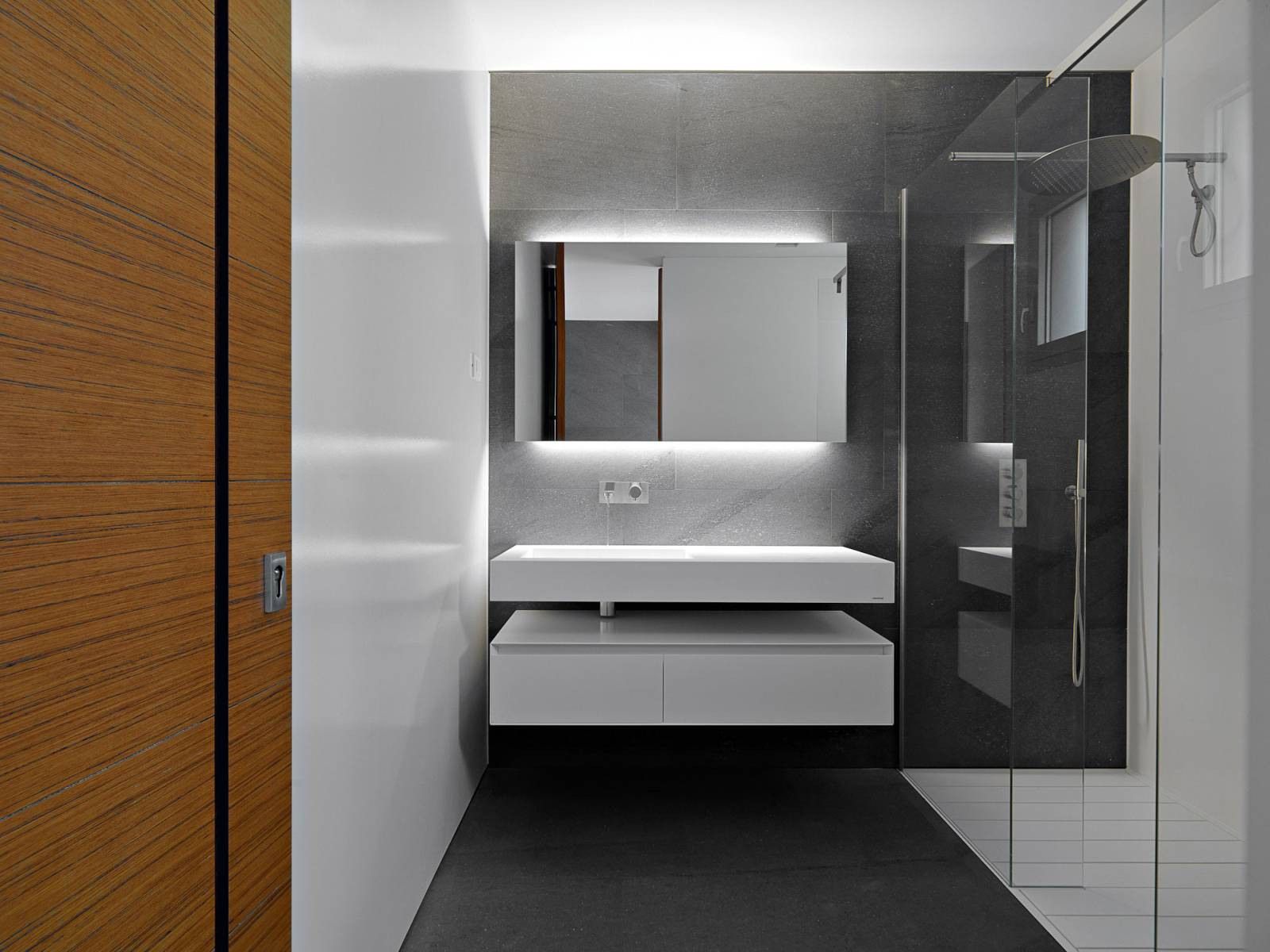

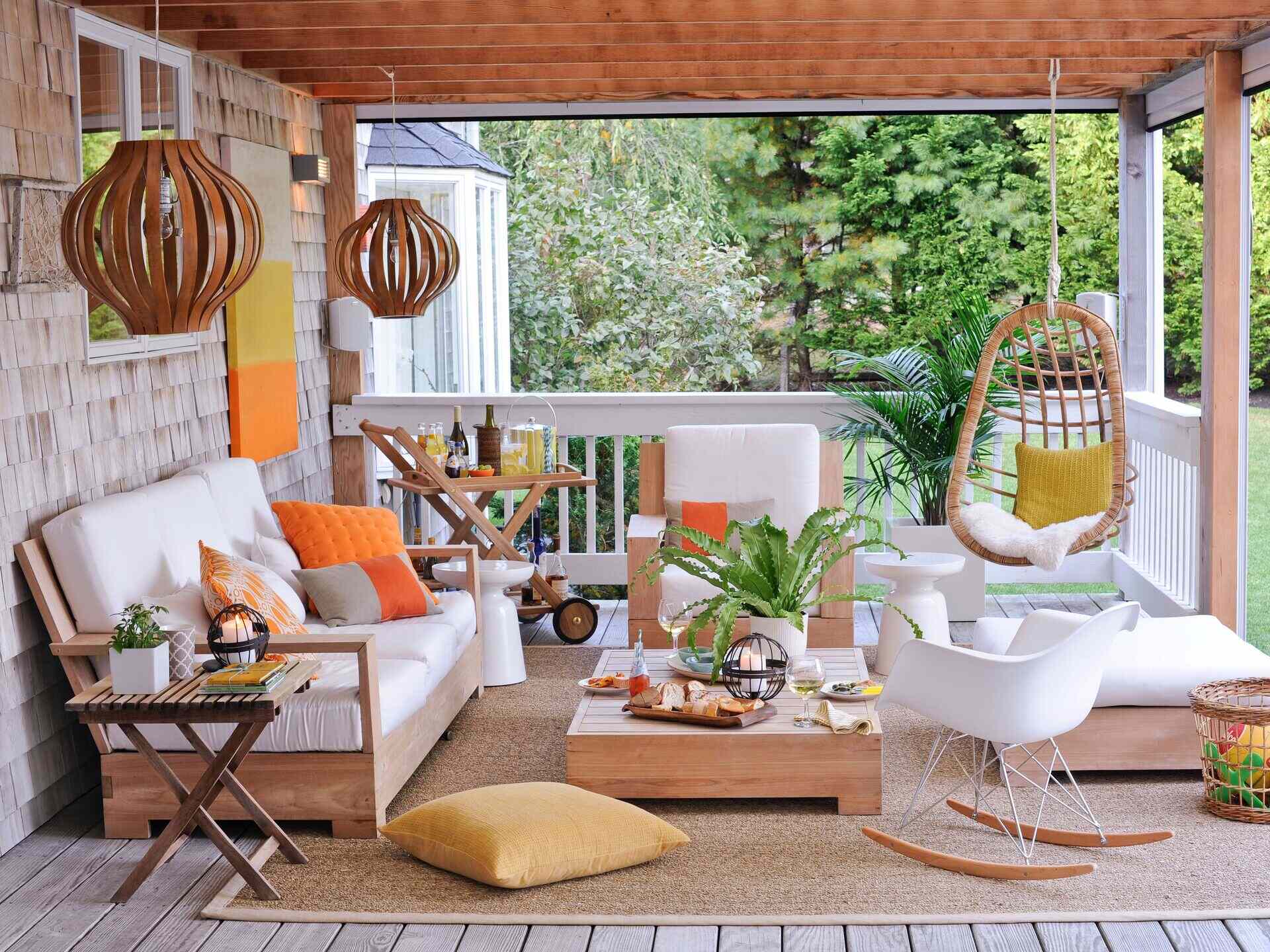
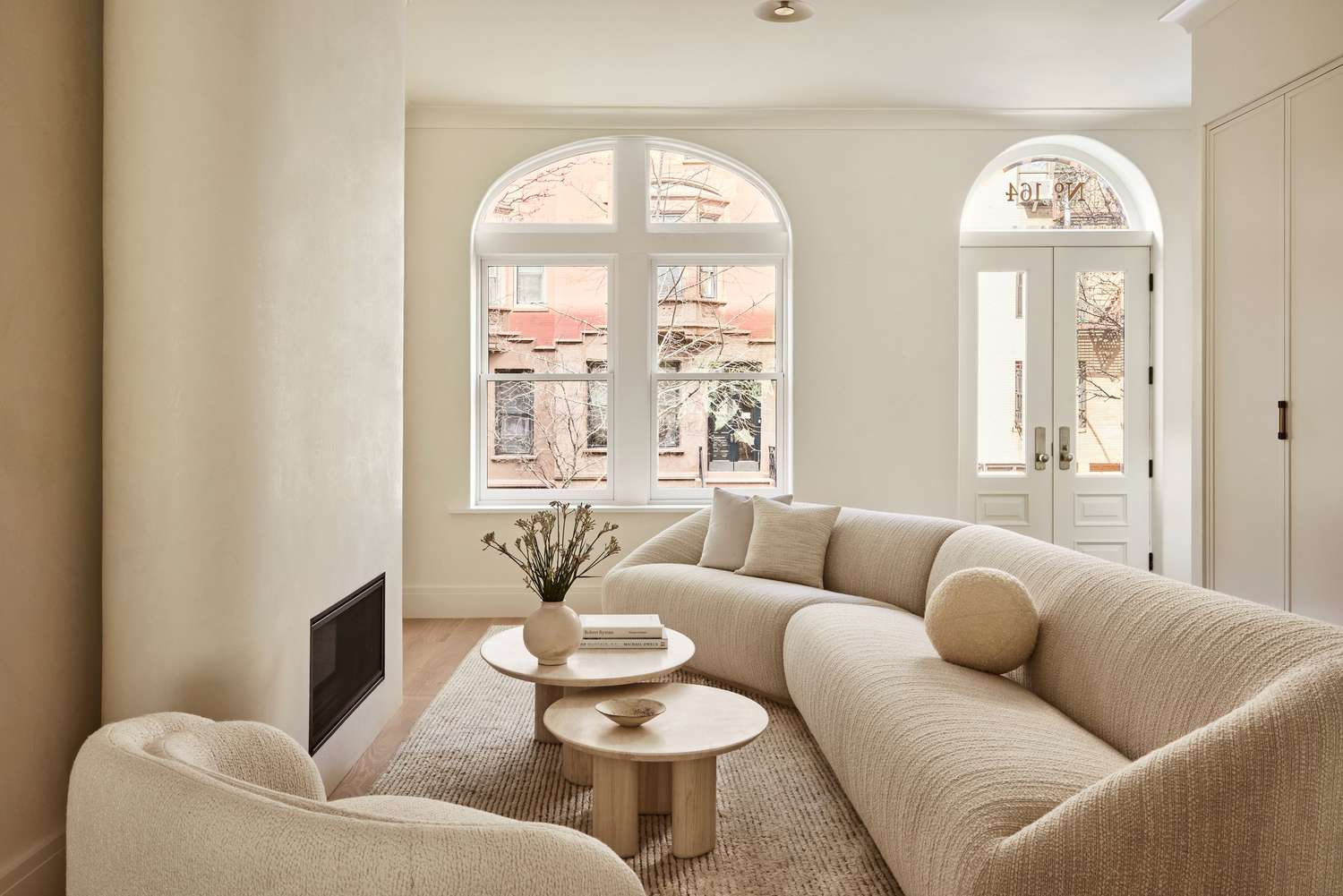
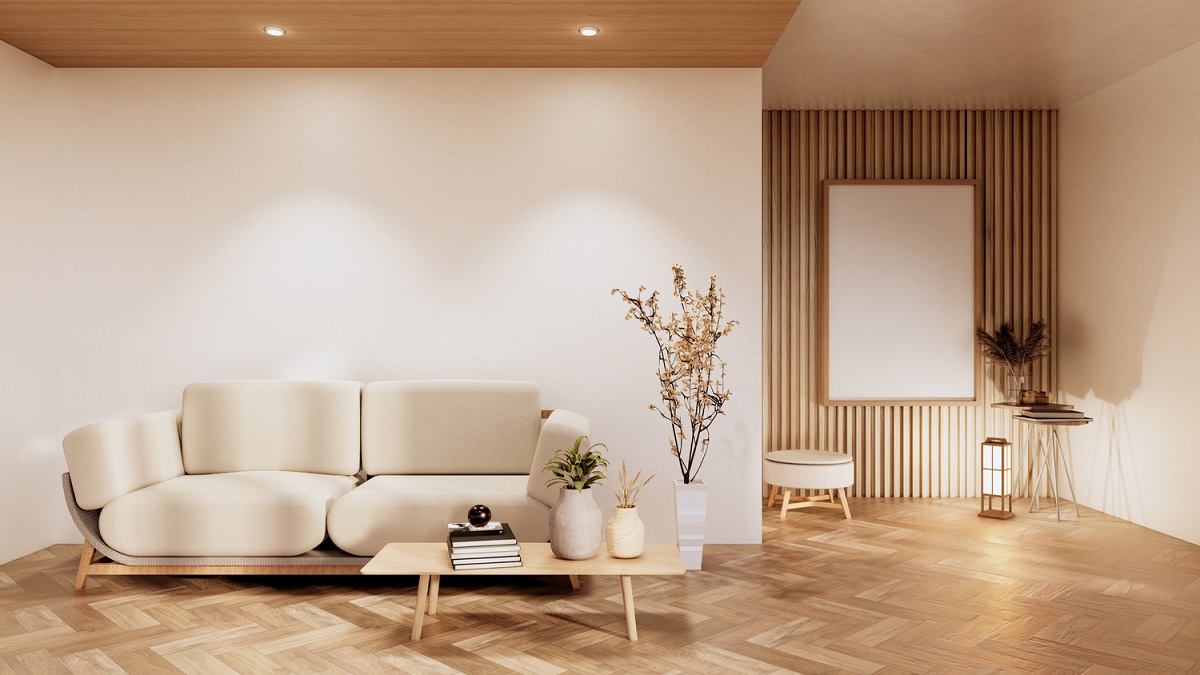
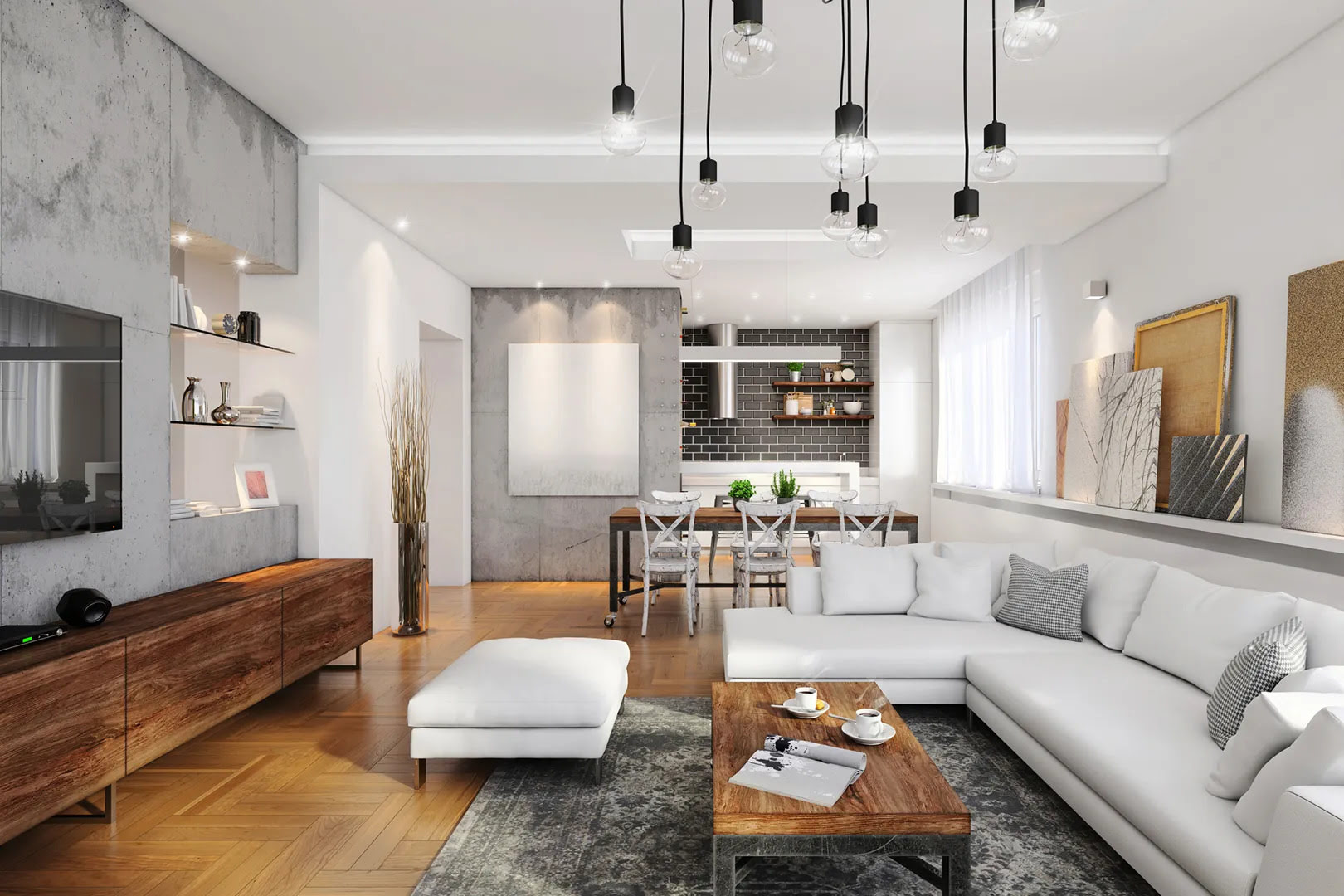
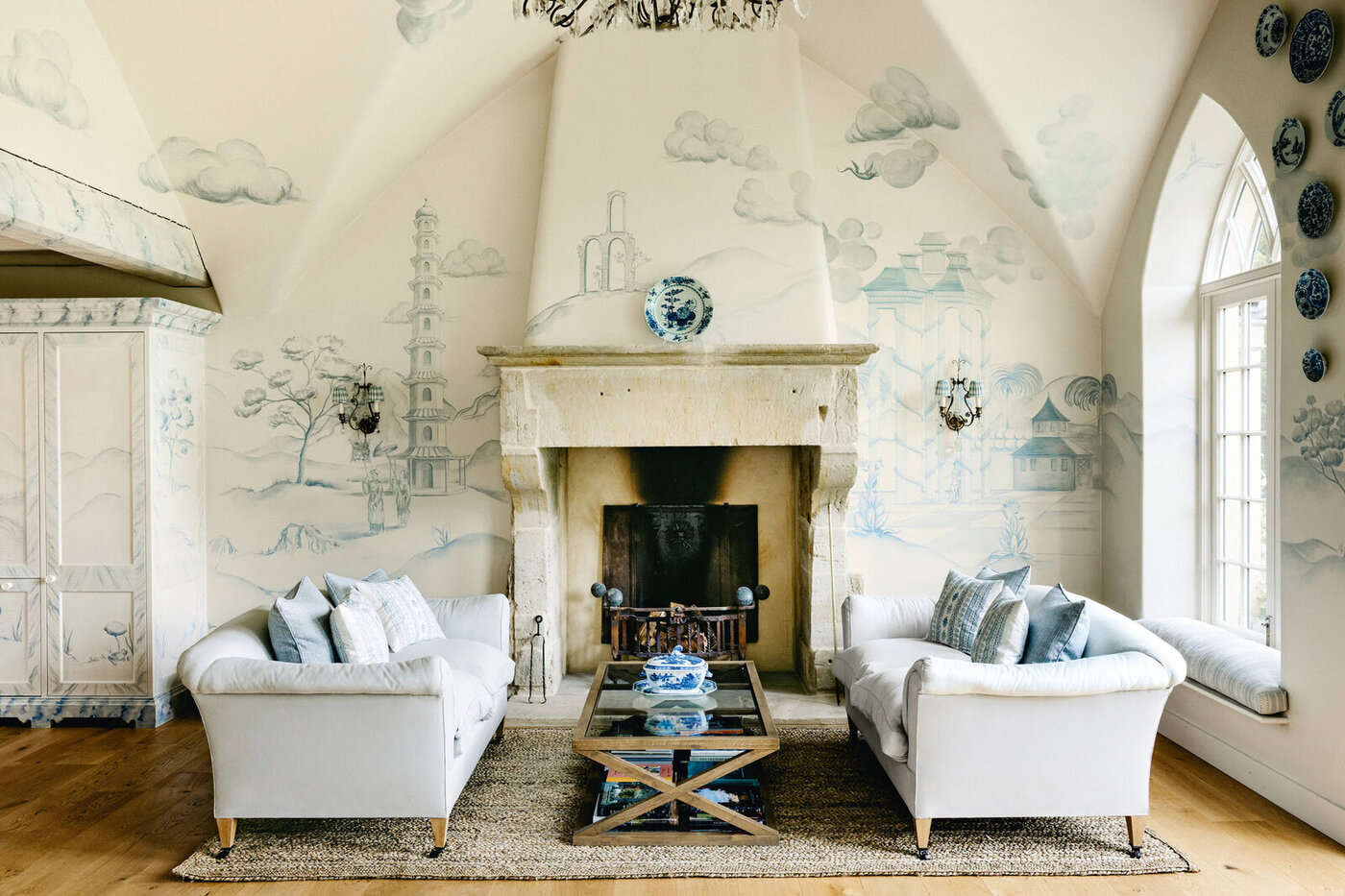

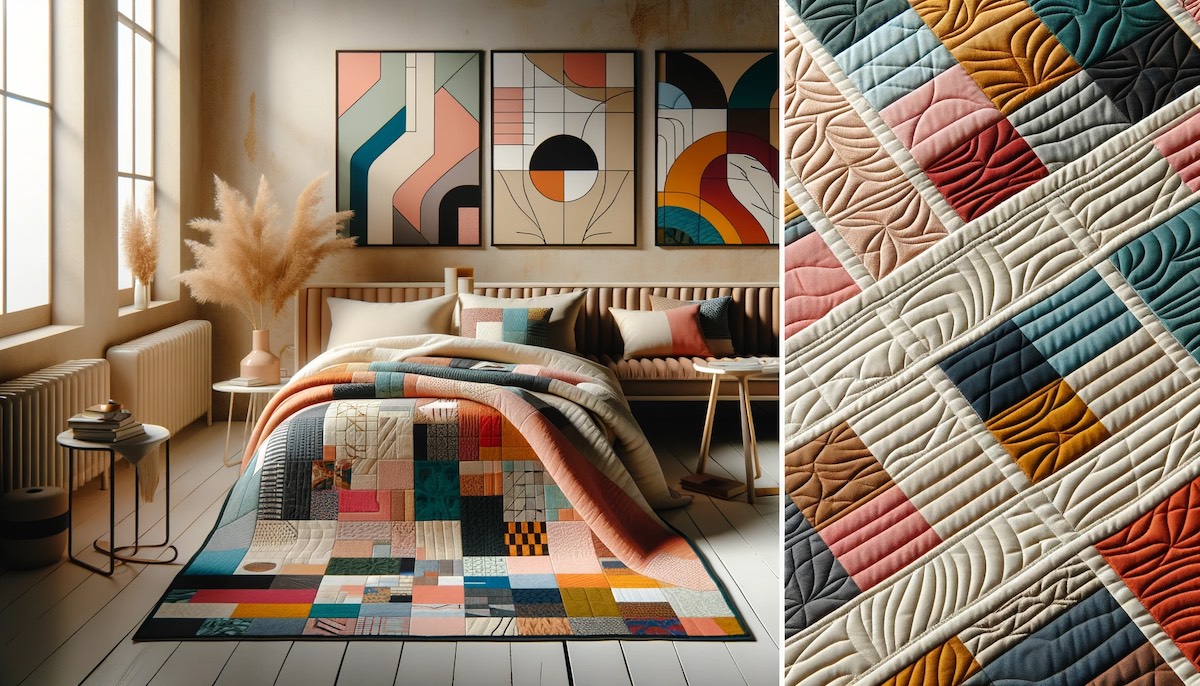
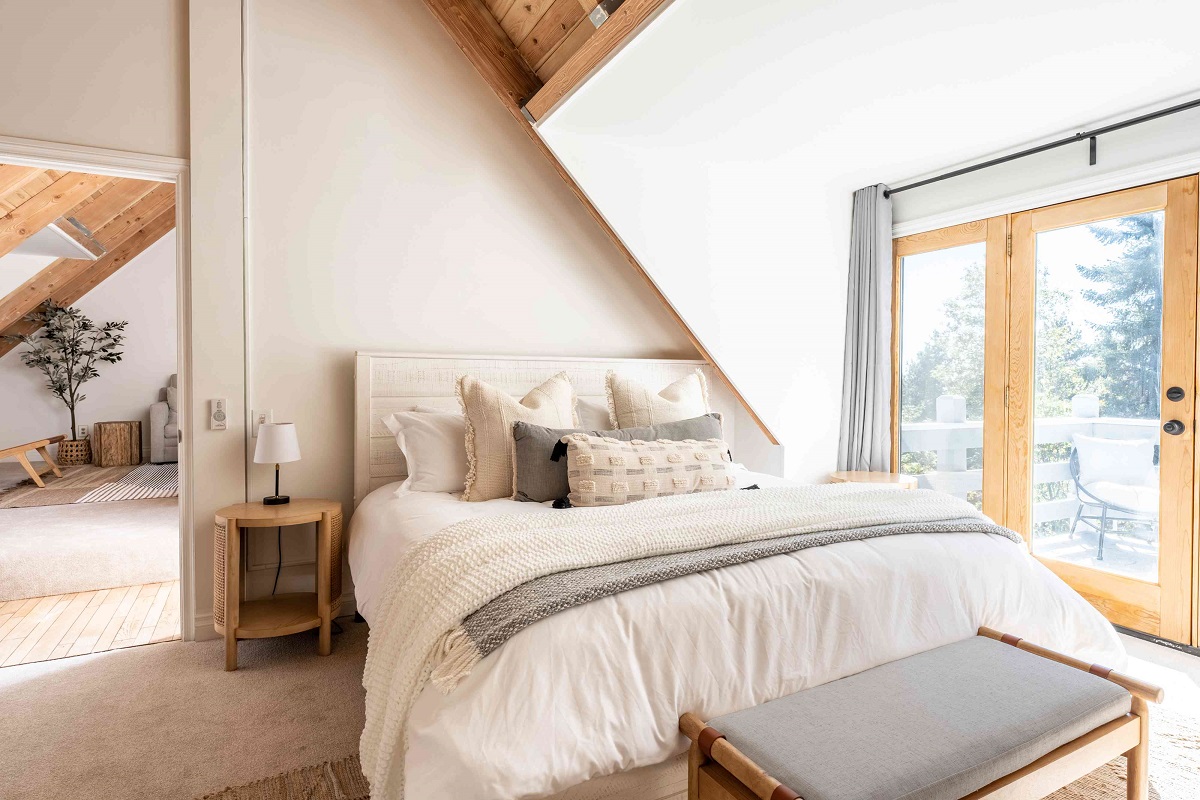
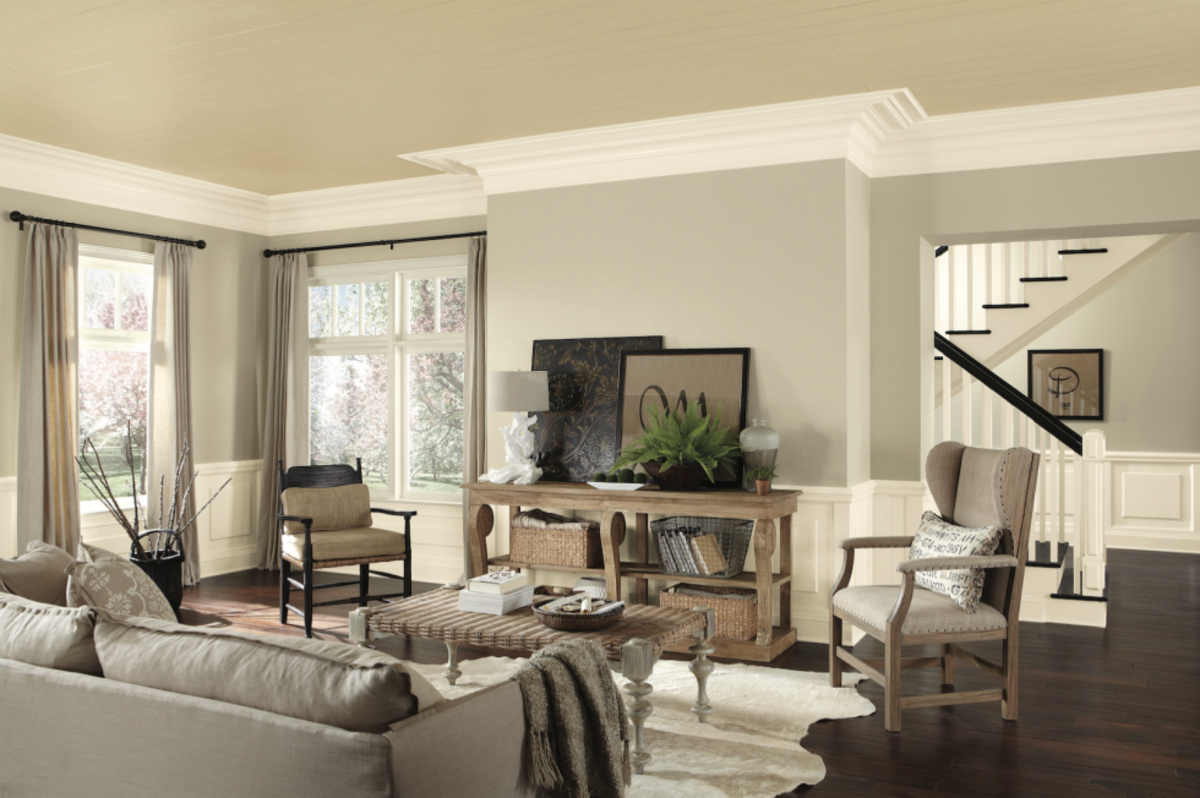
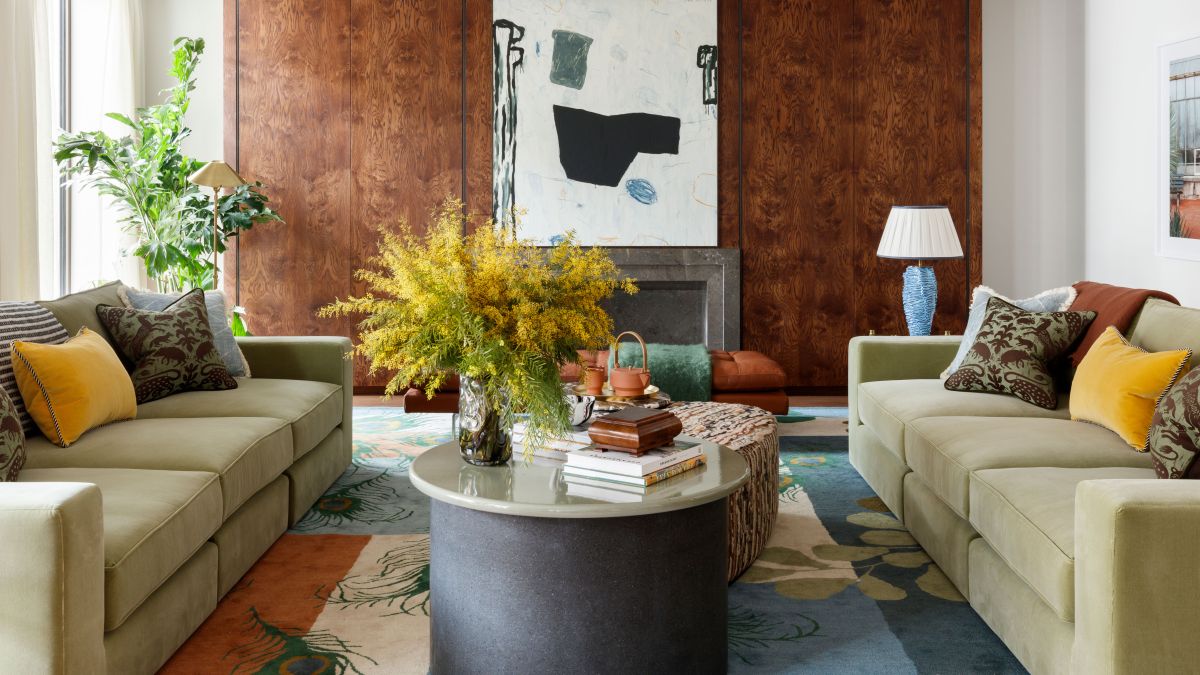

0 thoughts on “Decorating With Neutrals: 15 Beautiful Pared-back Schemes”